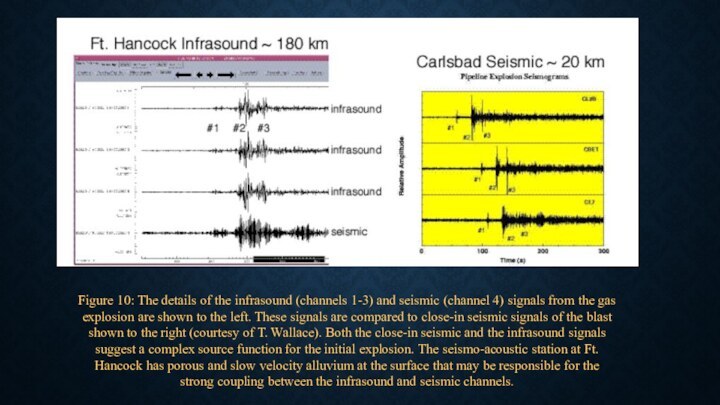Box - (JB): A NEMA-4 enclosure that houses essential acquisition
and communications equipment including the Paladin® digital seismic recorder which serves as the backbone of ESG’s microseismic data acquisition system.Ethernet communication: Fiber (underground) or radio (surface) for reliable, full waveform data transfer.
Acquisition PC: Acquisition Server, watchdog, optional large external storage drive and uninterruptable power supply (UPS).
Processing PC: Fast multi-core Processor and powerful dedicated video card.











































